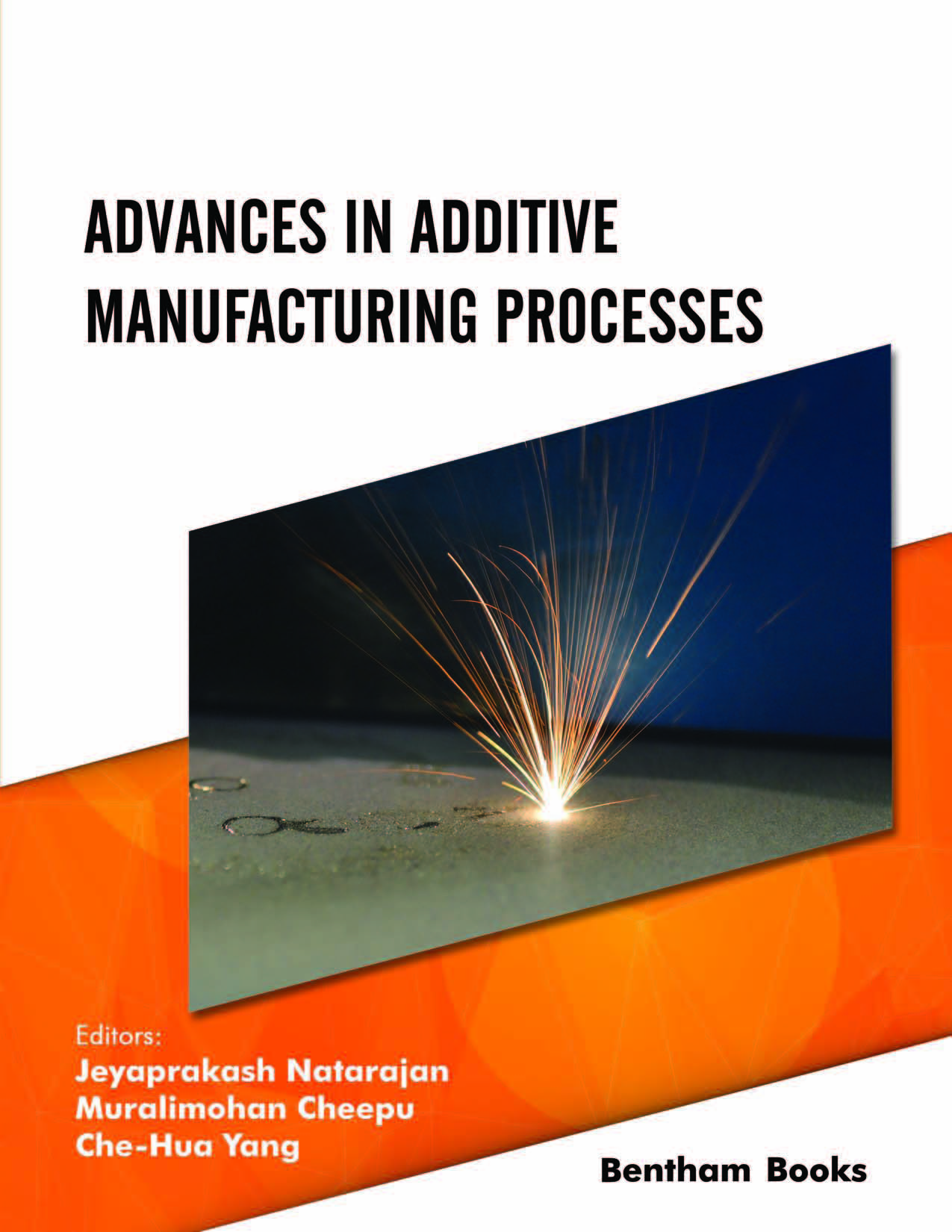Foreword
When Dr. Jeyaprakash, Prof. Che-Hua Yang and Dr. Muralimohan Cheepu invited me to write this preface, I was honored and delighted to take this opportunity to familiarize myself with this exceptional work.
Additive manufacturing or additive layer manufacturing, also known as 3D printing, has become a transformative tactic to obtain industrial production by creating more vital parts by near-net shapes. Additive manufacturing was initially developed in 1987 with stereolithography from 3D systems for light-sensitive liquid polymer layering using a laser source. After commercializing the additive manufacturing system from 3D systems in the U.S., Japan’s NTT data CMET and Sony/D-MEC, CMET called its system solid Object Ultraviolet Plotter. It is also known as Solid Creation System, proposed by Sony/D-MEC. The first Stereos Stereolithography System was sold in 1990 by Electro-Optical Systems in Germany. Later, in the year 1991, it was surprising that three additive manufacturing technologies were commercialized, such as fused deposition modeling, solid ground curing, and laminated object manufacturing.
Consequently, in 1992, DTM part of 3D Systems proposed the novel technique of Selective laser sintering, which can fuse the powder materials using heat from the laser. In 1994, many new additive manufacturing systems have been introduced with better technology within a short period. In 1999, 3D Systems developed a faster and economical technology called Acuta 2100 Thermojet. At the same time, Fraunhofer has developed a controlled metal buildup. After the creation of several technologies each year, the updating and improvements in technologies made the German-based company Trumpf discontinue its TrumaForm LF machine in Q2 2006. The technology was grown up to provide service by 3D Systems Rapid Product Development group in 2013.
Additive manufacturing involves manufacturing the parts by layering with the thousands of layers without any cutting or machining operations. It is capable of taking production to the next level than conventional manufacturing methods. One of the most significant benefits of using additive manufacturing is the more excellent range of shapes that traditional methods cannot make use of. Even with the hollow center, any design can be made with a single piece. Moreover, these parts are more substantial without any stressed and weak sections. Additive manufacturing quickly produces the parts and helps avoid endless meetings with engineers in the parts' manufacturing and design. It can only be done with the assistance of CAD software that changes can be made with one click, thereby obtaining the required models. It may thus provide companies with the manufacturing flexibility to produce complex parts with slashing costs.
The technology for additive manufacturing has advanced to the next level with the transition from analog to digital processes. In recent years, communications, imaging, architecture, and engineering have all undergone digital revolutions. Therefore, it is time to adopt this technology for additive manufacturing to bring digital flexibility and efficiency to manufacturing operations. 3D printing and rapid prototyping are informally used in additive manufacturing, and each process is a subset of additive manufacturing. Finally, additive manufacturing creates a perfect trifecta of improved performance, complex geometries, and simplified fabrication, and it is the future of smart manufacturing.
Prof. Jia-Chang Wang
Department of Mechanical Engineering
National Taipei University of Technology, Taipei
Taiwan

